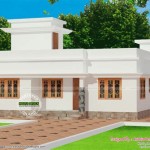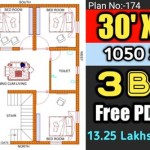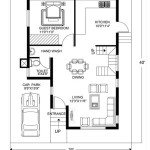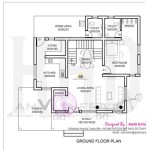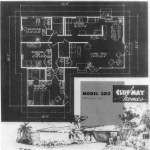Essential Aspects of Graph Paper for Building Plans
Graph paper plays a crucial role in the accuracy and precision of building plans. Its grid-like structure allows architects, engineers, and contractors to create detailed drawings and ensure that all components of a construction project are scaled and positioned correctly.
Grid Size and Scale
The grid size of graph paper determines the scale of the drawing. Common grid sizes include 1/4-inch, 1/2-inch, and 1-inch. The scale of the drawing is typically indicated on the plan, such as "1/4-inch = 1 foot" or "1:48". It's essential to choose a grid size that provides the appropriate level of detail for the project.
Weight and Opacity
The weight and opacity of graph paper can affect its durability and ease of use. Heavier paper grades are more durable and resistant to tearing, while lighter grades may be easier to handle and fold. Opacity refers to the transparency of the paper, which can be important if multiple copies are needed or if the drawing will be overlaid on other documents.
Lines and Color
Graph paper lines can vary in thickness and color. Thicker lines provide greater visibility, while lighter lines may be less distracting. Color-coded lines can help differentiate between different elements of the drawing, such as walls, windows, and electrical components.
Accuracy and Precision
The accuracy and precision of graph paper are vital for building plans. The grid lines should be evenly spaced and perpendicular to each other to ensure accurate measurements and angles. High-quality graph paper will be printed using precision methods to minimize any distortions or errors.
Special Features
Some graph paper may include additional features, such as border lines, title blocks, and scales. Border lines can help provide a frame for the drawing, while title blocks provide space for project information such as the project name and date. Scales can be pre-printed on the paper to assist with measurements.
Selecting the Right Graph Paper
Choosing the right graph paper for building plans is essential to ensure accuracy and efficiency. Consider factors such as the desired scale, grid size, weight, opacity, lines, and special features. By selecting an appropriate graph paper, professionals can create clear, precise, and reliable building plans that facilitate successful construction projects.

Ringel House Plan Graph Paper Second Floor Drawing Plans Design

Graph Paper To Virtual The Heardmont Floor Plan Welcome

Free Graph Paper Template Printable And Grid

Making A House Map For Construction Purposes Kyinbridges Com

How To Draw A Floor Plan Scale Measuring Sketching

Printable Graph Paper Free Com

Printable Graph Paper Free Com

How To Draw A Floor Plan The Simple 7 Step Guide For 2024

How To Create A Scaled Drawing On Graph Paper Hand Draw Your Room Like An Interior Designer

Draw Floor Plans Try Smartdraw Free And Easily More


